Inside Prague Castle, you’ll find one of the oldest buildings in Prague, St. George’s Basilica. The 17th-century red baroque facade hides behind it, and some of Prague’s best examples of Romanesque architecture still stand.
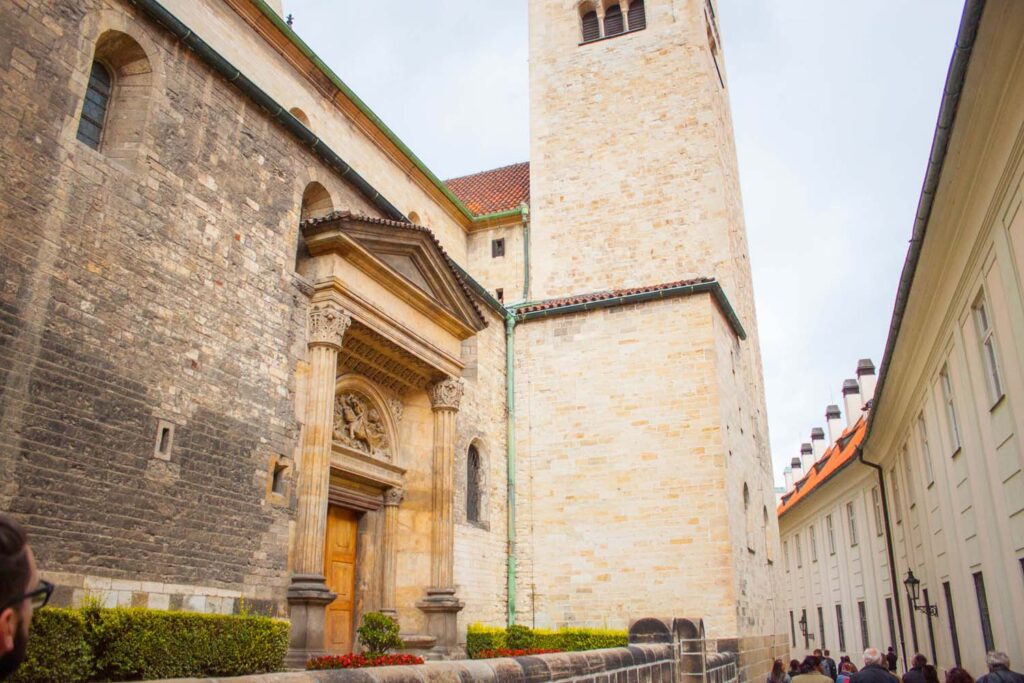
History of St. George’s Basilica
St. George’s Basilica was founded by Vratislaus I of Bohemia in 920, who dedicated the church to Saint George. In 973, an addition was built to house St. George’s Benedictine Abbey. Like many buildings of the time, it was partially destroyed by a fire in 1142 but rebuilt with all the original materials that could be saved from the wreckage.
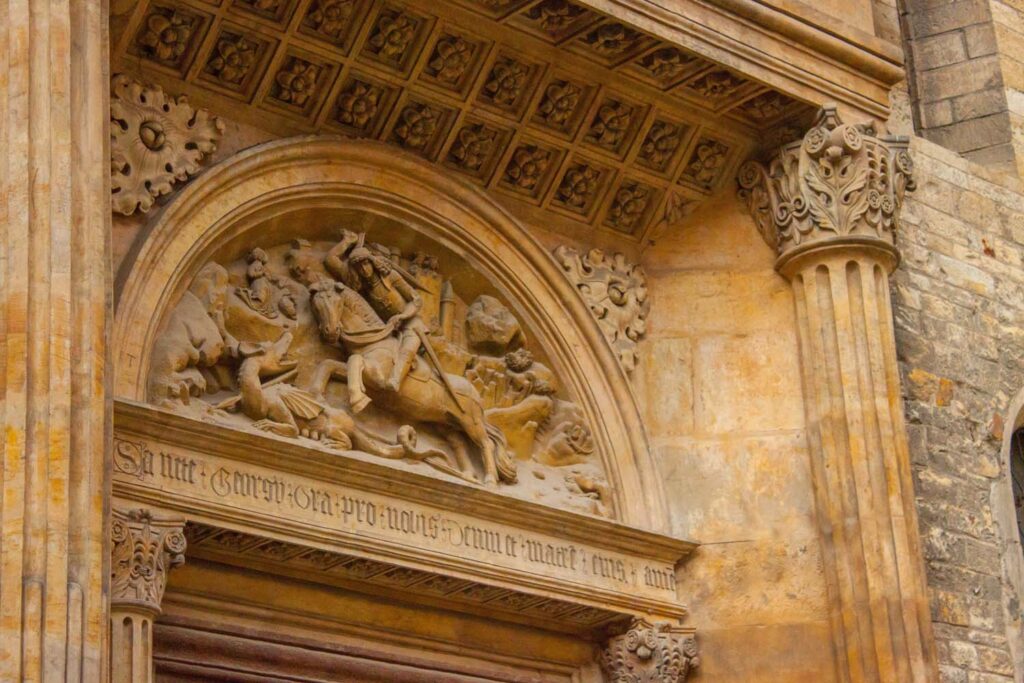
Tickets
To enter into the interior of St. George’s Basilica you’ll need to purchase a ticket for the Prague Castle – Circuit. This ticket will cost you CZK 250 ($12 USD.) It gives you access to the Old Royal Palace, St. George‘s Basilica, Golden Lane, and St. Vitus Cathedral.
Interior of St. George’s Basilica
As soon as you step inside, you notice right away that this church is much older than you might first think. The dark wood ceilings and thick stone walls with little ornamentation make it feel slightly austere, but the more time you spend in its calming silence, the more and more you come to appreciate the quiet elegance of this Romanesque church; you find it to be a truly spectacular sight.
The church’s overall design is very simple. Inside, it has one very wide central apse and two side aisles. In addition to the red baroque facade, the basilica is also home to two magnificent white towers, which were added in the 12th century. The narrower north tower is named “Eve,” and the larger tower to the south is named “Adam.”

Church Windows
The one piece of decoration in the church is the windows. They provide dramatic lighting as the sun shines and provides some of the only natural light inside the church. The rest of the light in the church is artificial but artistically designed to highlight the romanesque arches found throughout the building.
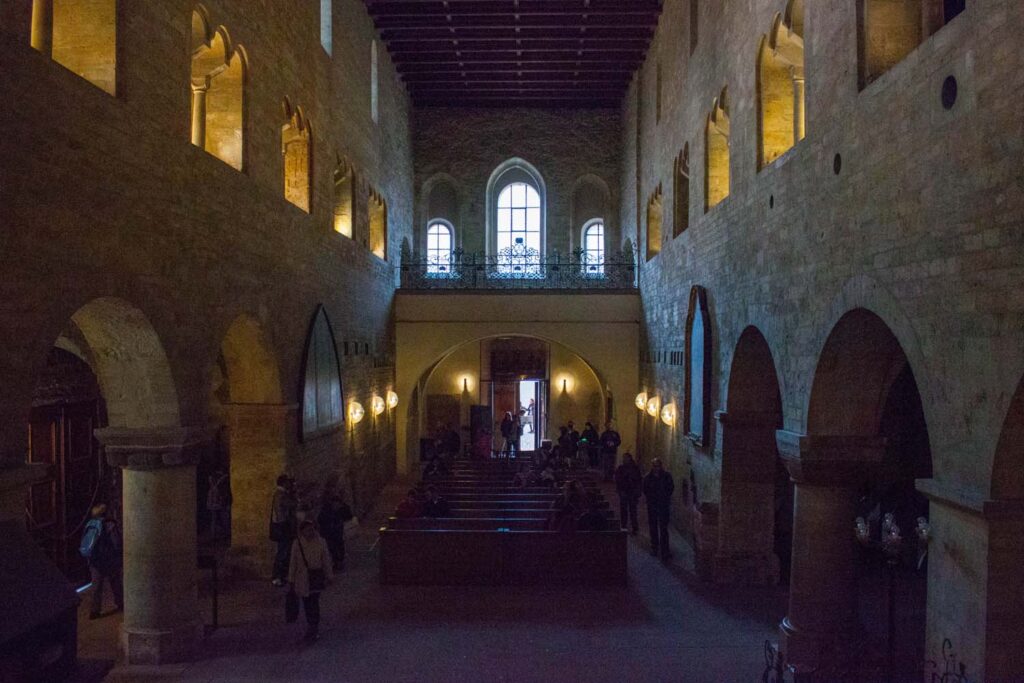
V.V. Reiner
The artist V.V. Reiner painted the altar at the front of the church, along with the frescos on the ceiling of the nave. Although the fresco above the nave has been time-worn, the frescos at the altar are still wildly vibrant and striking. The dark red and bright blues still capture the attention of any passing visitor.
Saint Ludmila
Inside the small church, towards the front, is a gothic-style chapel which holds the tomb of Saint Ludmila of Bohemia. In addition to St. Ludmila, the church’s founders, Prince Vratislav and Boleslav II are buried in the gothic chapel.
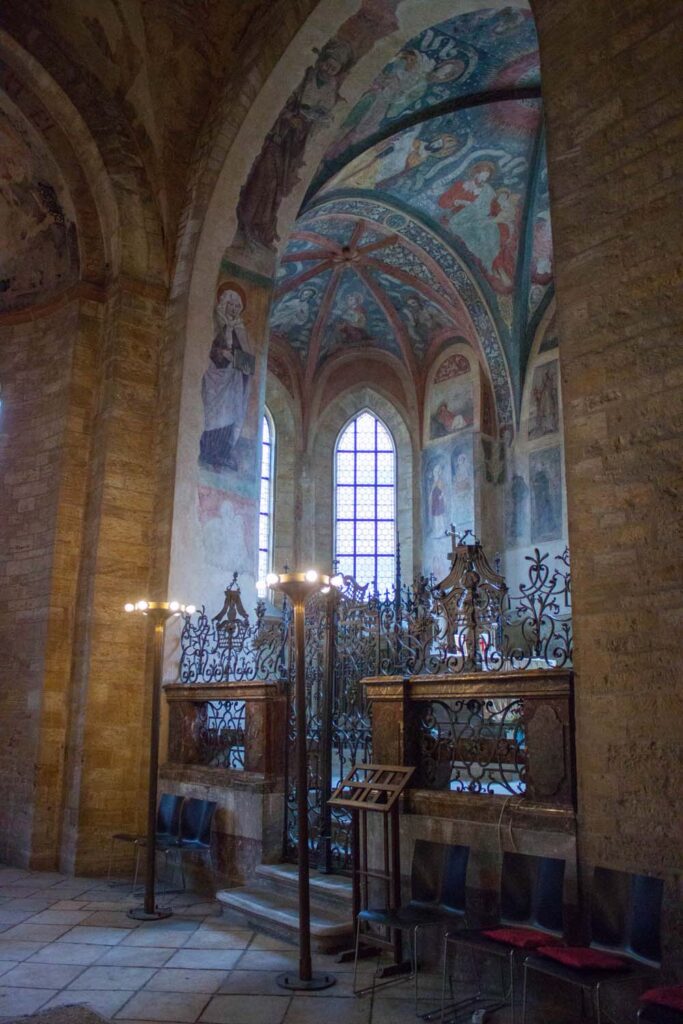

The Crypt
You can bend down to look at the 12th-century crypt underneath the nave choir. You might spot a gruesome statue of a decaying girl’s body, with a snake coiled in her abdomen. It is an allegory for vanity. The girl is named ‘Brigita,’ after a famous Czech legend. The legend goes that a famous Italian sculptor murdered his lover, and from that day on, driven mad by guilt and remorse, he was only ever able to carve and paint images of her decaying corpse. No matter how many beautiful things he tried to paint, they all, in the end, turned into death.

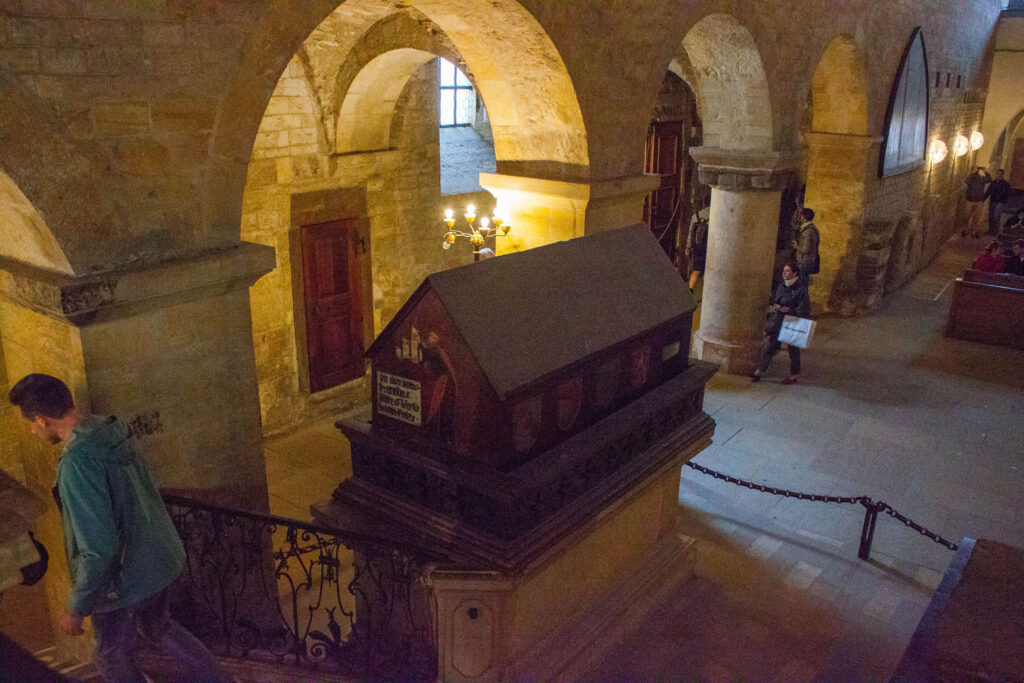
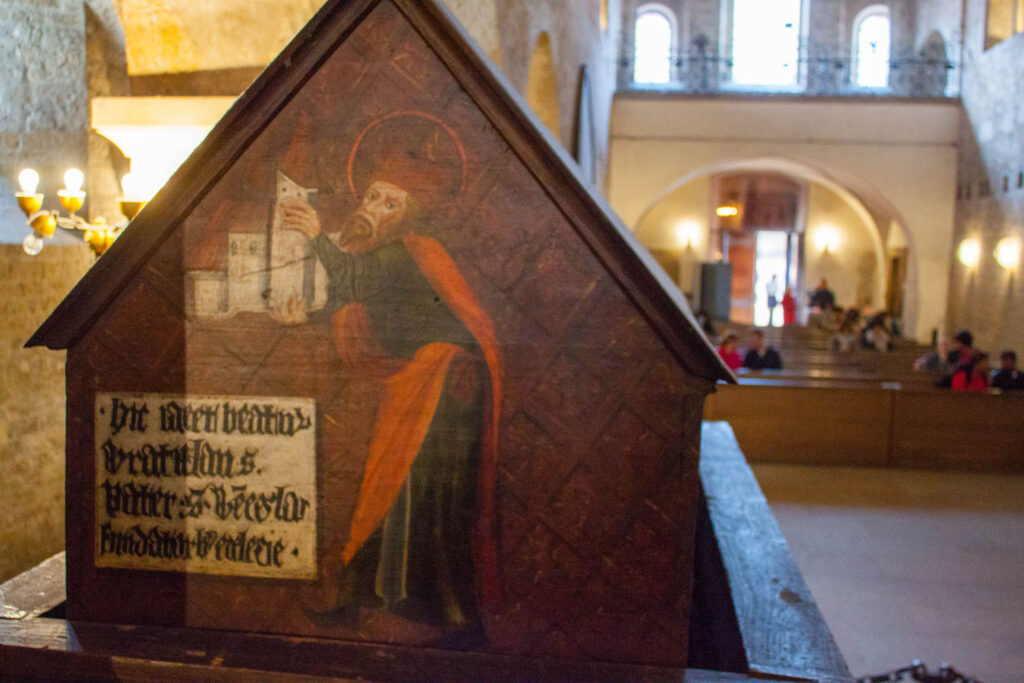
The Crucifix of St. George Basilica
The large wooden crucifix, which is nailed to the walls of St. George’s Basilica, will often draw quite a crowd. This is because of the many rumour surrounding it. In the 13th century, the crucifix started to bleed when the royal princess Anna began to pray nearby. Her father had gone to battle, and she was praying for his safe return. When she saw it starting bleeding, she knew it was a sign that he was dead and that his death would signal a tumultuous period for the Czech people. This all eventually came to pass. A haunting idea to remember when looking at the crucifix is what other premonitions it will have that shall, too, come to pass.
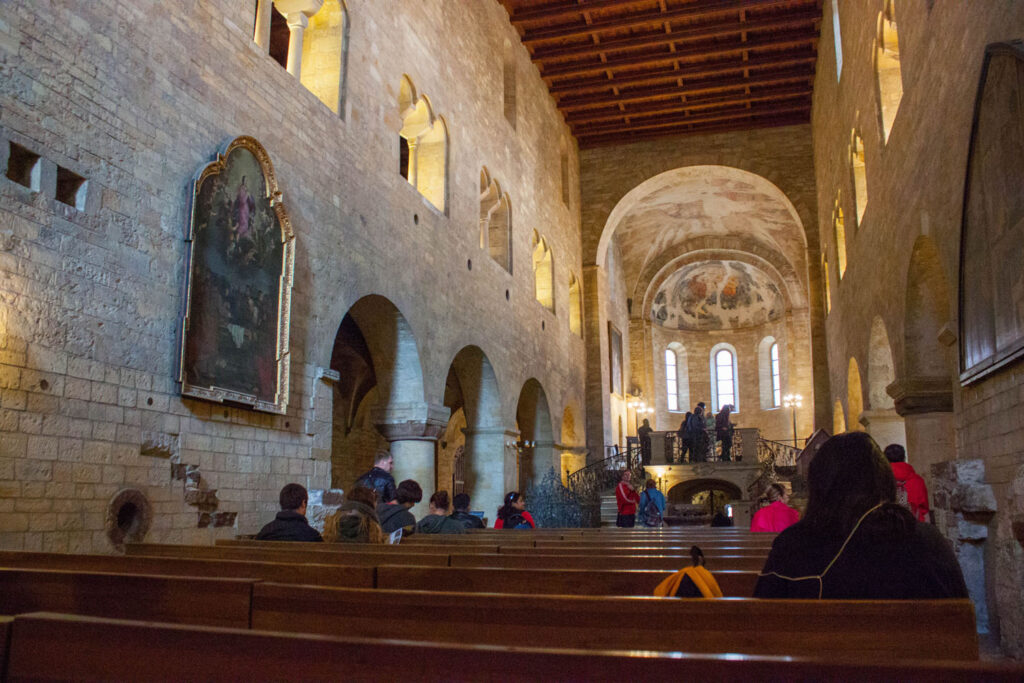
Concert inside St. George Basilica
Today, in addition to church services, the building hosts concerts on various nights throughout the week. They are open to locals and tourists alike. It is an excellent opportunity to hear Czech music played in an incredibly atmospheric setting. Since the church is so old, modern heating and cooling have not been installed, so if you visit in the winter or summer, be sure to dress appropriately.
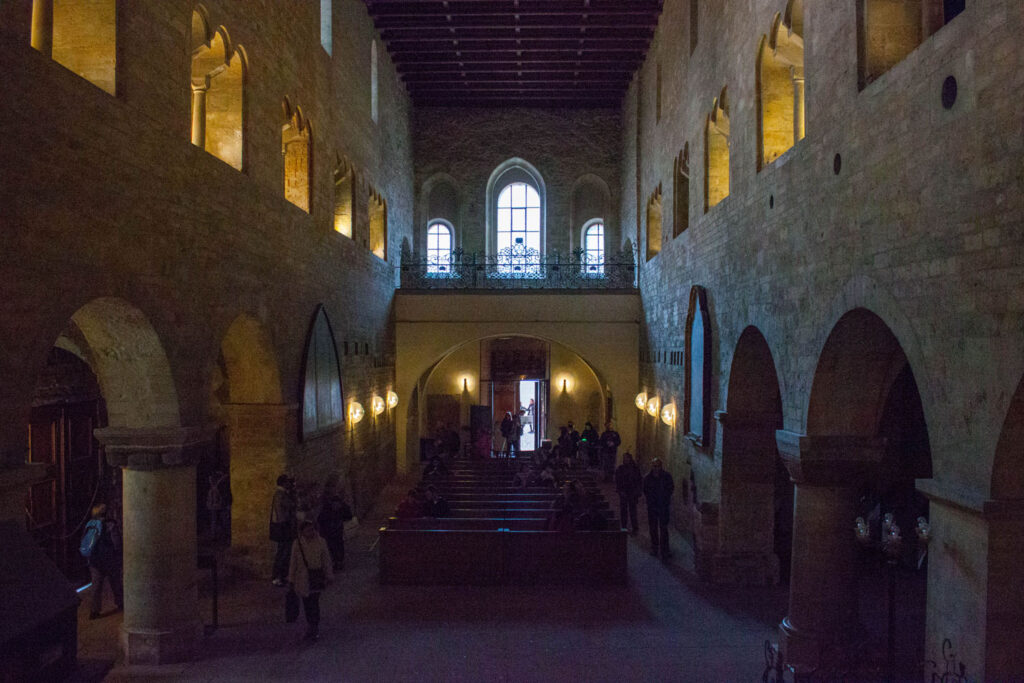
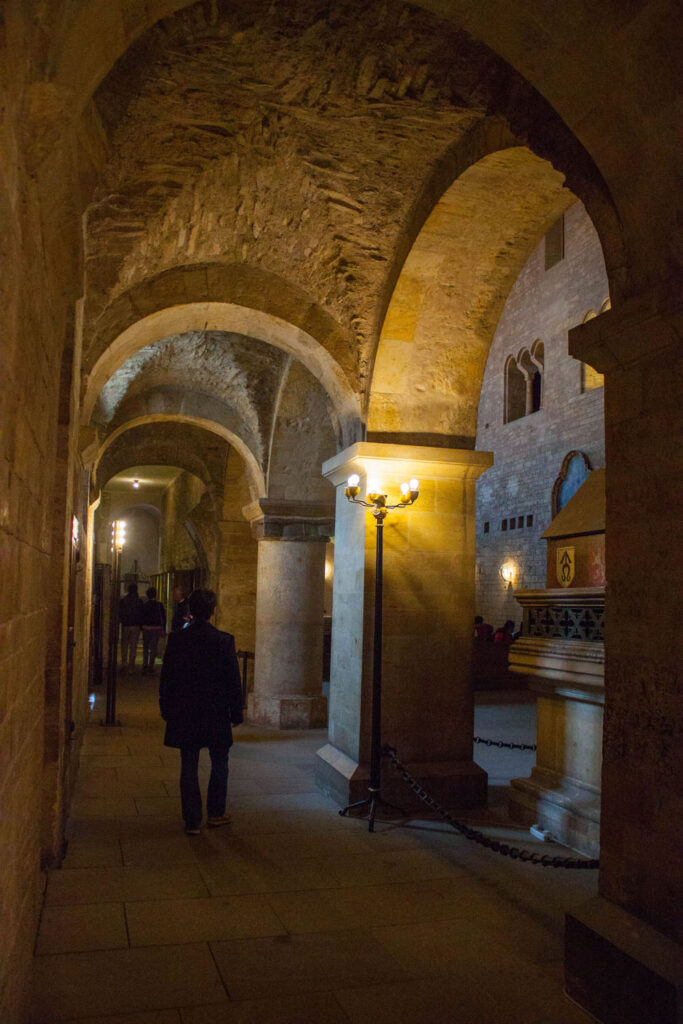
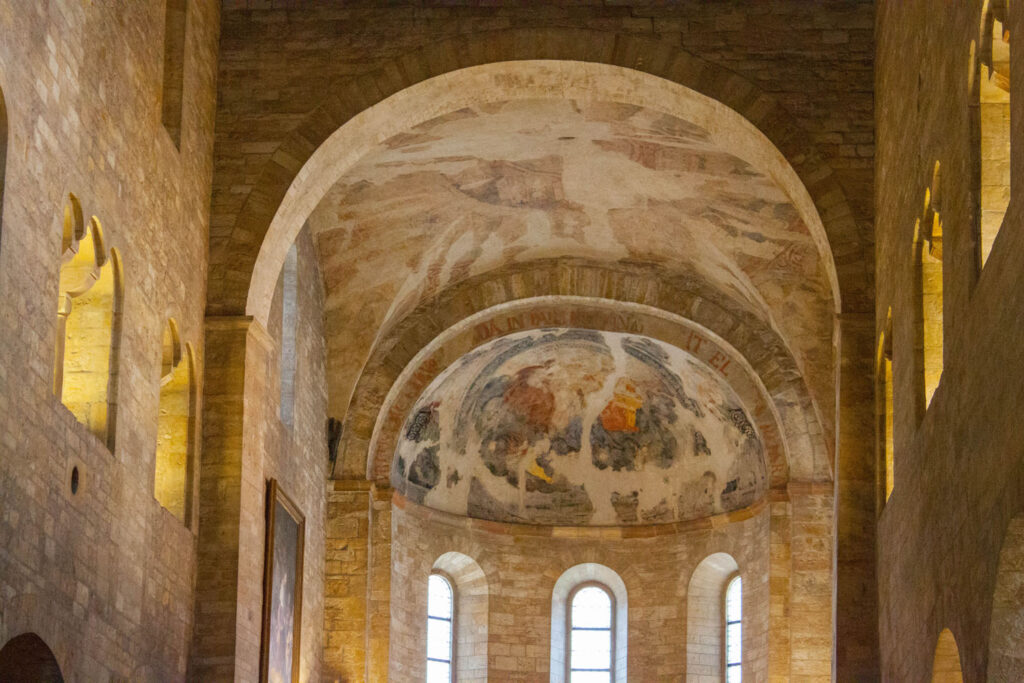
Seeing a Romanesque Basilica in this condition is becoming rare, so take a moment to appreciate all the people who have helped preserve this old church year after year.
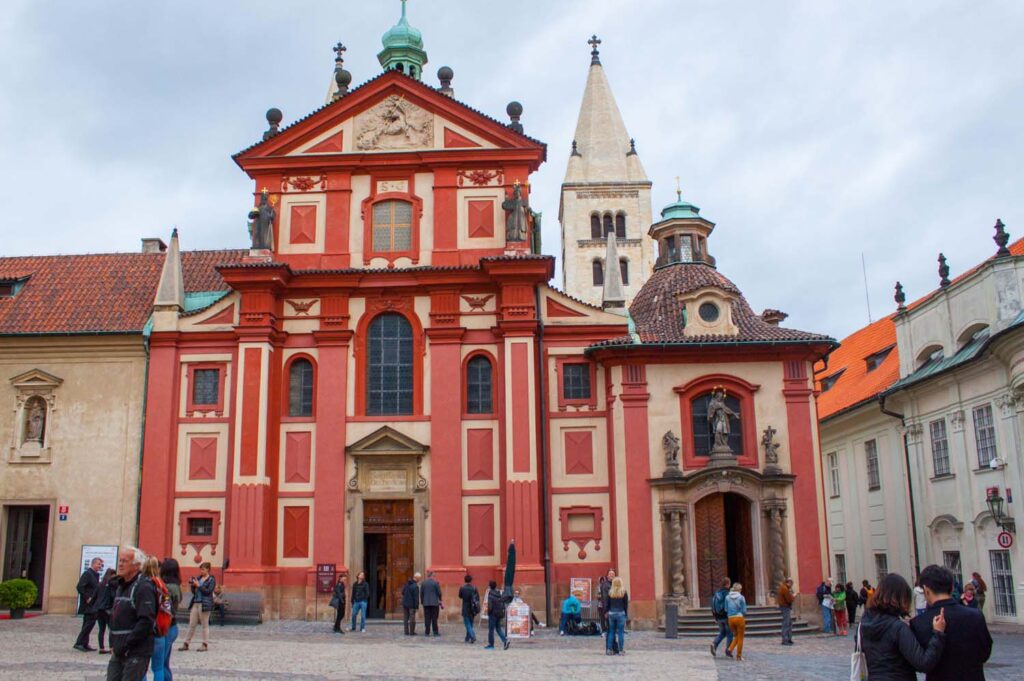


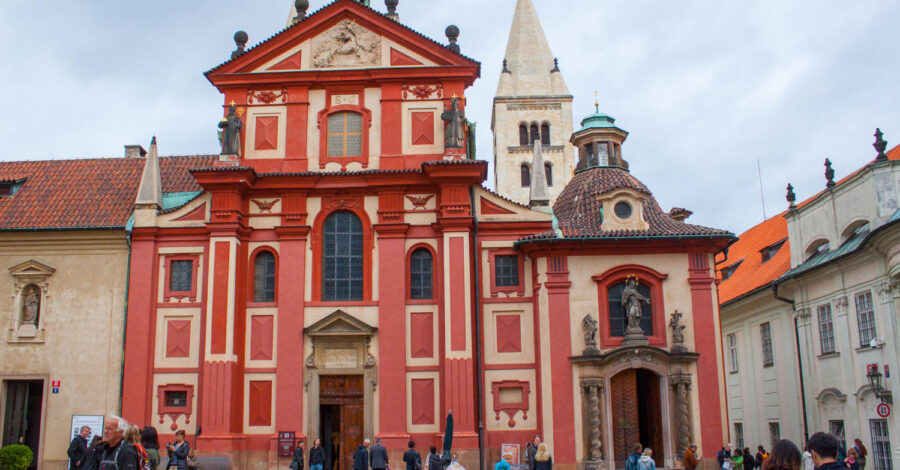

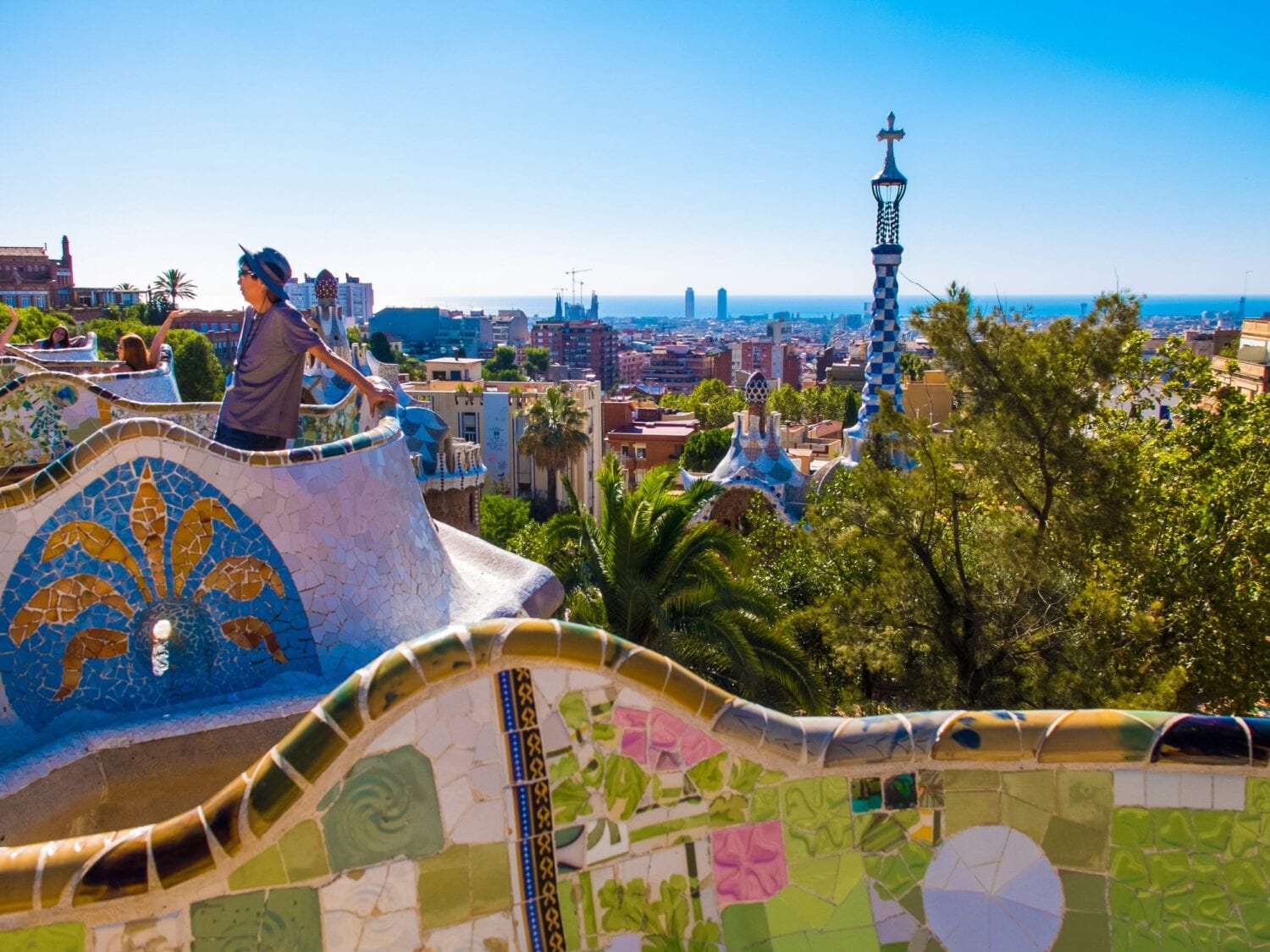
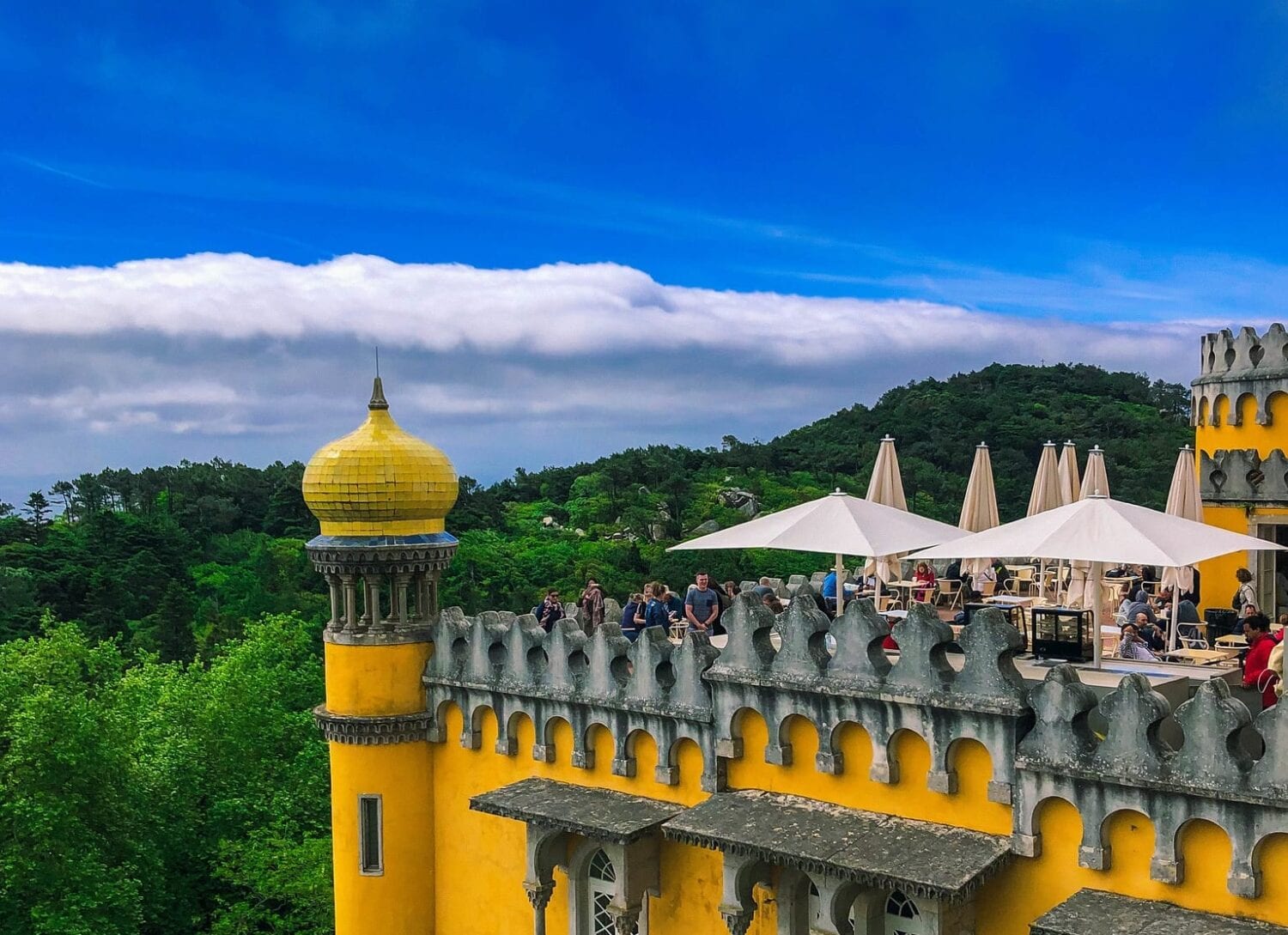

Leave a Comment